The kestrel is the smallest member of the falcon family. Their body length maxes out around only 13.7 inches (35cm), and they weigh a little over half a pound.
Even though they are fierce raptors, they are still too small to handle the prey of their larger brethren, so, what do kestrels eat?
As you might expect of a small predator, kestrels eat small prey and rodents are their overwhelming preference, making up 90% or more of their diet on average.
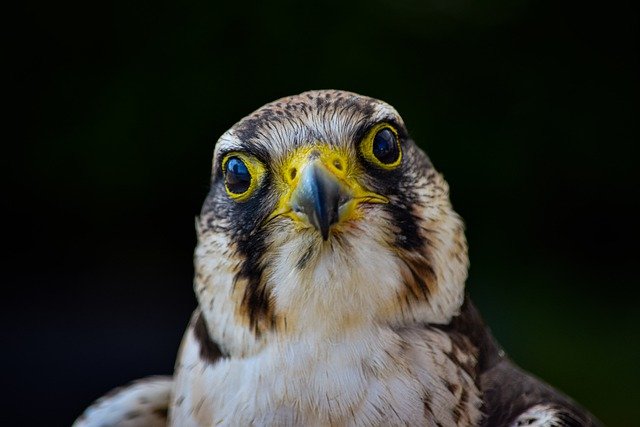
They will also eat other birds, reptiles, and even bugs. With a minimum daily consumption requirement of roughly 1/5th their body weight, this little bird can usually find enough to get by.
Things can get tricky when a male kestrel finds himself with a whole family to feed. That’s when it’s wide-ranging tastes are truly life-saving.
Rodents and Other Small Mammals
Kestrels, like other falcons, are carnivorous predators. They may be small, but their hunting prowess makes them the scourge of rodents living in fields and farmland around the world.
The common kestrel has a particular taste for the short-tailed vole. This chubby little relative of the hamster can make up to 80% of a kestrel’s diet.
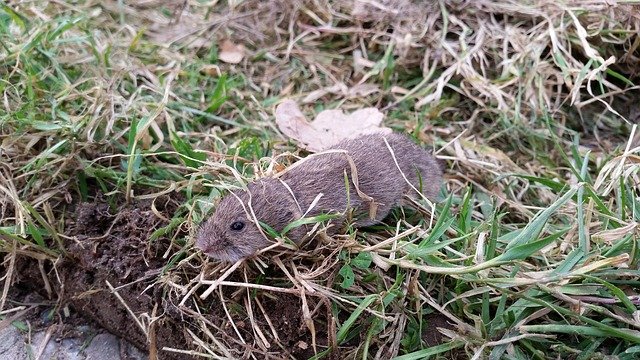
However, they are hardly limited to one type of prey.
List of the Kestrels Favourite Foods:
This may seem like a small list to represent the bulk of an animal’s diet, but the fields and heaths that make up a kestrel’s hunting grounds are rife with rodents.
- Voles
- Shrews
- Mice
- Bats
They can generally make the 4-6 kills they require each day to fill their bellies.
These brown birds hunt uniquely and hover high above the shrubland until catching sight of their prey, then dive in for the precision kill.
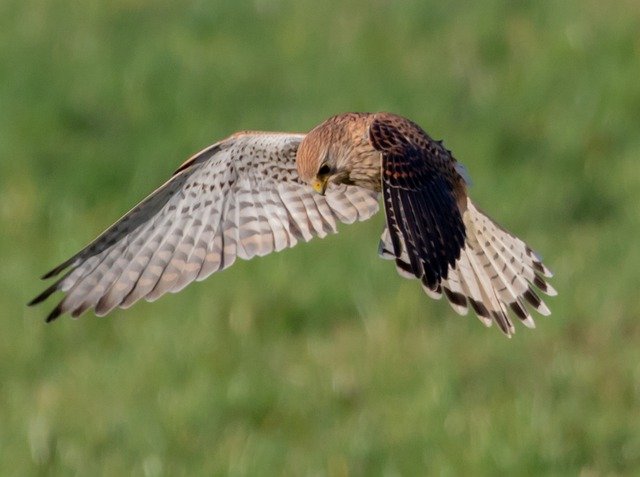
It helps that the urine of their prey practically shines in ultraviolet light, which the kestrel’s eyes can perceive.
It’s not uncommon for a kestrel to make repeated kills before stopping to eat. They take the carcasses to a safe, high place, to dine in peace.
During the breeding season, this behaviour is more pronounced. Kestrels will actually stockpile the meals, to ensure they have enough for themselves and their chicks.
Voles are an ideal way for them to meet their nutritional targets because they are stouter than many other rodents. That extra fat content is crucial for both energy and feather health.
All rodents contain plenty of nutrition in their small bodies. The muscle tissue is a great source of protein and iron, but the bulk of vitamins and minerals comes from the organs.
Kestrels know this, and they target these nutrient-rich innards as they tear into their meals.
List of Vitamins & Minerals That Kestrels Need:
- Vitamin A
- Vitamin B-6
- Vitamin B-12
- Vitamin C
- Niacin
- Pantothenic Acid
- Iron
- Phosphorus
- Sodium
- Riboflavin
- Selenium
- Copper
- Zinc
They also eat the bones of their prey, and those that they don’t break down for calcium serve the purpose of helping to clean their crop during digestion.
Kestrels will often avoid and even discard, the intestines of an animal. This is likely to avoid consuming waste, as well as any partially digested food that they would be unable to metabolize.
Insects and Other Invertebrates
As plentiful as rodents can be, there are many times that they aren’t as readily available as a kestrel might like. That doesn’t mean that this little raptor will go hungry, however.
Kestrels are capable of filling their bellies with insects, arachnids, and worms. Their sharp eyesight lets them spot something as small as a ground beetle from 50 m in the air, so they never have to miss a meal.
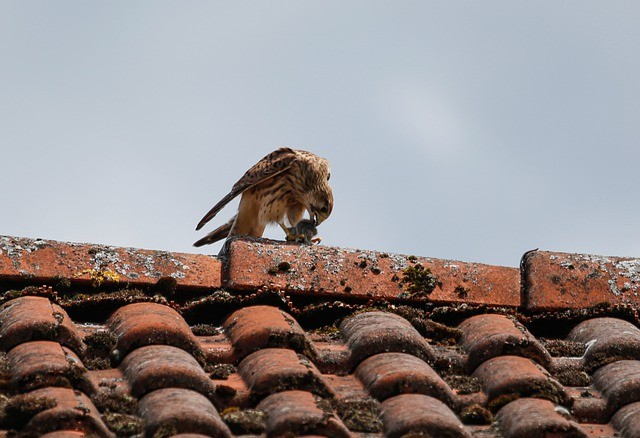
List of Invertebrates that Kestrels Eat:
These little falcons have been known to eat a wide variety of invertebrates, including:
- Beetles
- Grasshoppers
- Cicadas
- Dragonflies
- Moths
- Scorpions
- Spiders
- Earthworms
- Slugs
It’s not impossible for kestrels to snatch their food from the air, but they prefer to hunt targets that are on the ground.
Flying insects are most likely to be targeted when they land, and both ground beetles and dung beetles find themselves on the menu more often than their airborne relatives.

As for worms, these brown-feathered birds tend to ignore them except during the late Winter, on into early Spring. During this period, other options may be harder to come by.
All of these critters offer decent nutritional value, though the energy cost of hunting them isn’t much different from that of more filling prey, making insects less attractive food.
They are excellent sources of protein and contain healthy poly- and monounsaturated fat. The chitin of their carapace also provides useful fibre and packed with amino acids.
By eating a variety of insects, in a decent quantity, a kestrel can get all necessary vitamins and minerals.
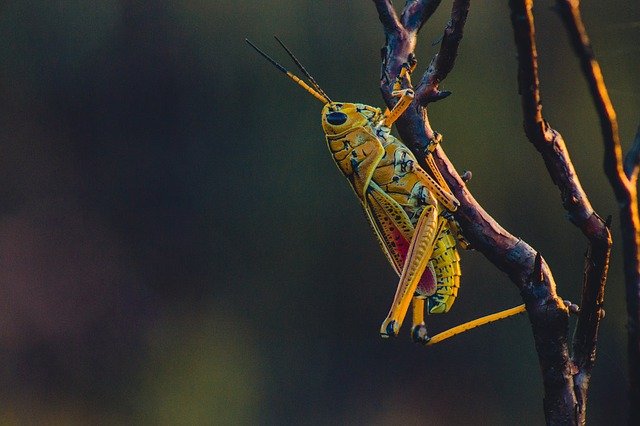
However, this is heavily dependent upon the content and quality of the insects’ diets, and tends to be seasonal. This can be controlled in invertebrates farmed as feed, however.
Other Small Birds
Kestrels won’t hesitate to eat other birds, especially if they’re the most plentiful prey available. But, these diminutive raptors can only take down smaller bird species.
Small passerines are the usual targets, which is hardly surprising given that they are the birds most given to perching. Kestrels can strike before these birds even think of taking off.
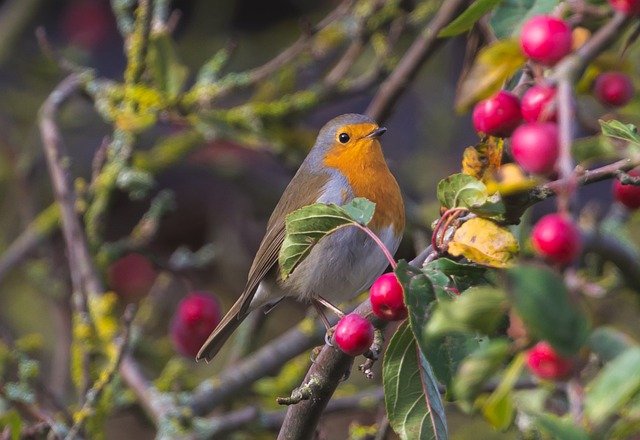
It also helps that they usually feed on other birds in the summer, especially when the fledgelings are just hopping from the nest and testing their wings.
This broadens a kestrel’s options to include the young of birds that are too large to hunt once fully grown.
What Types of Small Birds do Kestrels Eat:
- Starlings
- Meadow Pipits
- Robins
- Sparrows
- Collared Doves
- Turtle Doves
- Skylarks
- Swifts
- Young Blackbirds
This is not an exhaustive list, as practically any small bird in the kestrel’s territory could become a meal if nothing more suitable is around.
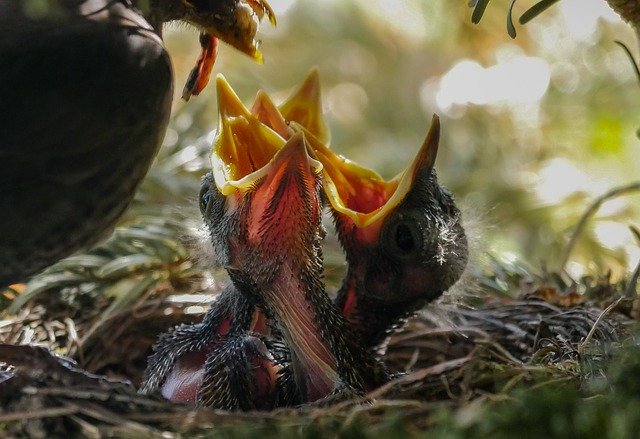
And, it’s not beyond this raptor to scavenge a meal from the found carcass of birds, or other animals, too large for it to take down on its own.
Yet, birds, in general, are much lighter fare than the prefered voles. So, while their meat is protein-packed, they have less energy-rich fat that kestrels love.
Avian muscle and offal certainly provide a wide array of vitamins and minerals, but in different concentrations than rodents.
They offer comparable amounts of calcium, sodium, and potassium, but tend to have slightly more iron and less magnesium.
Reptiles and Amphibians
Kestrels are opportunistic hunters. If familiar prey is hard to find, they’re quick to go after whatever appears to be a likely target.
In the case of lizards and frogs, it can be a rewarding foray into unusual cuisine. They tend to be the right size for the little hunter, as well as healthy and filling.
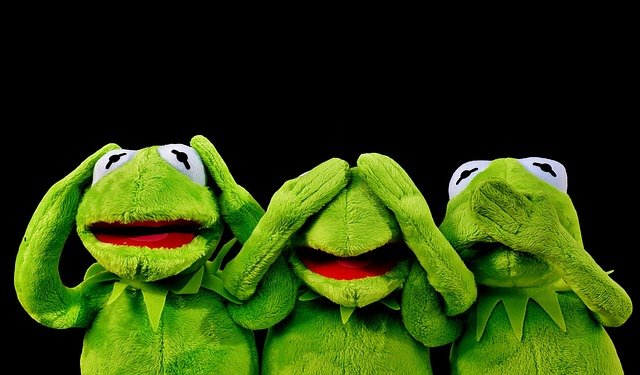
Even so, they are not a favoured prey and altogether amount to less than 10% of a kestrels diet.
What Type of Reptiles and Amphibians do Kestrels Eat:
- Common Lizards
- Western Green Lizards
- Gallotia Galloti
- Common Frogs
The meat of these creatures is similar to poultry in terms of protein content. Lizard’s tend to be leaner, while frog meat has a higher fat content.
They are good sources of calcium, phosphorus, thiamin, riboflavin, and sodium, though their mineral content leaves much to be desired when compared to other prey types.
Lizards do have one stand-out feature, in that their meat is higher in the amino acid isoleucine than any other meat type.
However, kestrels favour nutrient density in their meals, which leaves lizards and frogs as the last choice.
What Do Kestrel Chicks Eat?
After 26 days of gestating in their eggs, kestrel chicks hatch, and they have a serious appetite.
While mom stays in the nest to provide constant protection and warmth, dad hunts for the food necessary to feed both himself, his mate, and their chicks – usually 2-3 in number.
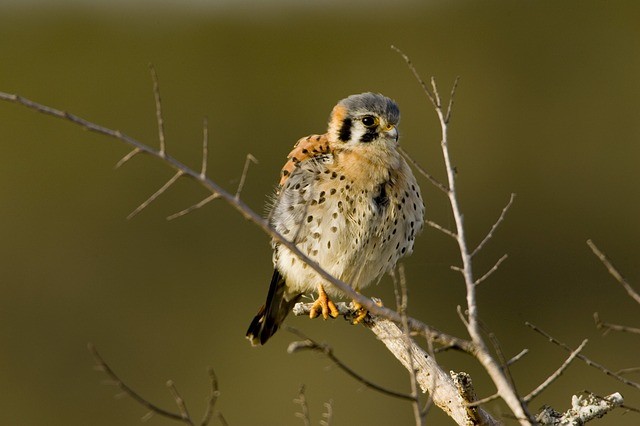
Kestrel chicks eat the same things and the same quantities as their parents. That’s right, so feeding them means dad has to hunt for 5x as much food.
The only real concession to their age is that their parents tear the food into tiny, chick-friendly servings.
Otherwise, it’s the same rodents, insects, birds, and reptiles that an adult kestrel eats.
Conclusion
The kestrel’s diet underscores its adaptability as a species. Even with an overwhelming preference for a particular prey in an ideal habitat, it will nevertheless make due for the sake of its survival, and that of its young.
Whether this means eating frogs while in the marshlands, other birds when living in urban environments, or tugging worms from dirt in the cold of winter, the little kestrel is up to the challenge.